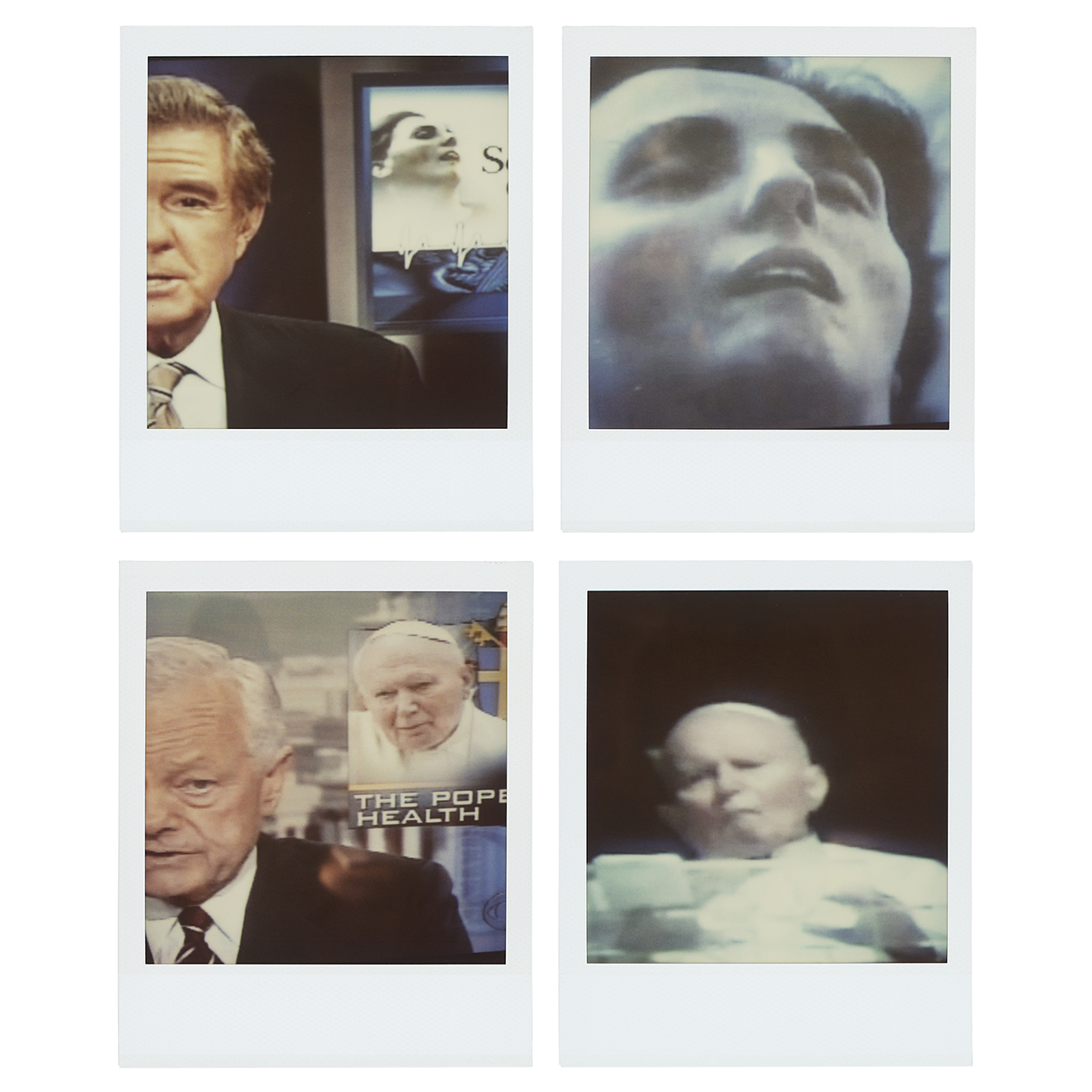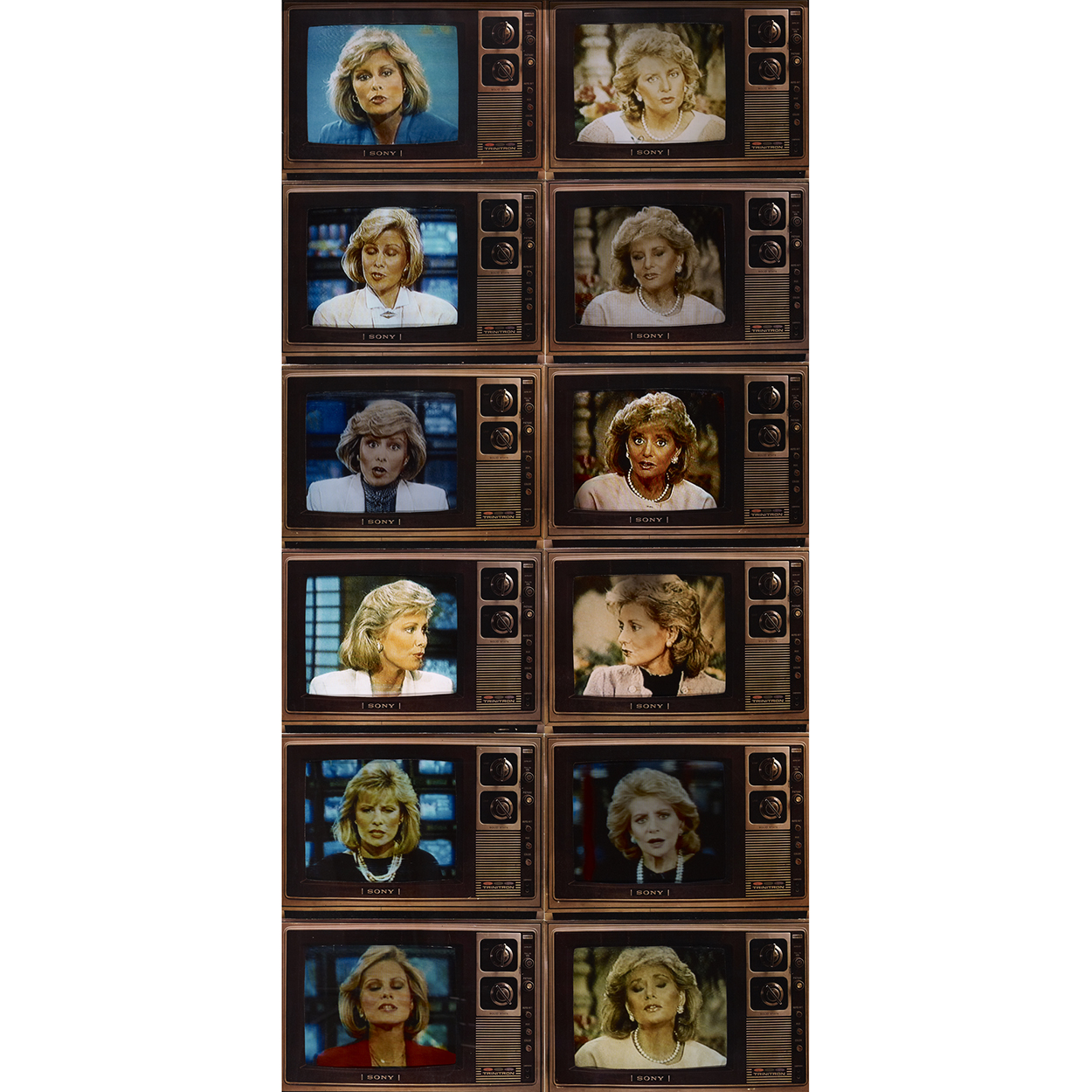One persuasive argument made by both Democrats and Republicans during election season was their relentless criticism of America’s media. Indeed, the narrative has been long in the making. A new exhibition, “Breaking News: Turning the Lens on Mass Media,” opening tomorrow at The Getty Center in Los Angeles (and through April 30, 2017), highlights artists who were fascinated by and critical of mass media as early as the 1960s. Organized by the assistant curator of photographs, Arpad Kovacs, the show was built around a recent acquisition, Picture Generation artist Sarah Charlesworth’s “Osservatore Romano, March 17-May 10, 1978” (1978). The work consists of 27 prints that reproduce the front pages of the Vatican’s newspaper, spanning the weeks that the then-Italian prime minister Aldo Moro was being held by kidnappers who would end his life, omitting the text surrounding photographs in the layout. “It got me thinking about the idea of an artist looking at the news, like everyone else, but trying to digest it and then make art out of it, whether it’s looking at an international crisis or something very mundane,” Kovacs says. Robert Heinecken’s obsession with newswomen, for example, manifests in his work as photographs of them turned into both the high priestesses and vestal virgins of our public consciousness (pictured below). Meanwhile, Martha Rosler’s Vietnam War pieces juxtapose violence in the jungle with idyllic homes in Life magazine. “I’d love to think that this show is coming around at the right time,” Kovacs says. “But I think I will be able to say that again next year, and three years from now.”
"Breaking News" at The Getty Center
The show explores the ways in which artists have responded to the media since the 1960s.
By Dan Duray December 19, 2016

[Photos, from top: Catherine Opie’s “Terry Schiavo and Pope John Paul” (2004-2005). (Photo: Courtesy the artist and Regen Projects, Los Angeles) Robert Heinecken’s 1986 print “TV Newswomen (Faith Daniels and Barbara Walters).” (Photo: © The Robert Heinecken Trust/Courtesy The J. Paul Getty Museum, Los Angeles)]
